Other

“Team presents new path to long-term data storage based on atomic-scale defects With the development of the internet, social media or cloud computing, the amount of data created worldwide on a daily basis is sky-rocketing. This calls for new technologies …

“HZDR team develops new method for addressing qubits Quantum computers promise to tackle some of the most challenging problems facing humanity today. While much attention has been directed towards the computation of quantum information, the transduction of information within quantum …
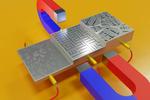
“HZDR team takes a closer look at special kind of quasiparticle Skyrmions are microscopic magnetic vortices that can form in certain materials. First detected in 2009, they are of interest to research because they could be harnessed for new forms …

“A study carried out by a research team from the Helmholtz-Zentrum Dresden-Rossendorf (HZDR), the Catalan Institute of Nanoscience and Nanotechnology (ICN2), University of Exeter Centre for Graphene Science, and TU Eindhoven demonstrates that graphene-based materials can be used to efficiently …
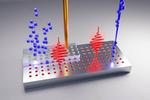
“In the very near future, quantum computers are expected to revolutionize the way we compute, with new approaches to database searches, AI systems, simulations and more. But to achieve such novel quantum technology applications, photonic integrated circuits which can effectively …
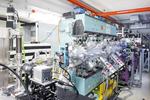
“Extremely intense light pulses generated by free-electron lasers (FELs) are versatile tools in research. Particularly in the X-ray range, they can be deployed to analyze the details of atomic structures of a wide variety of materials and to follow fundamental …
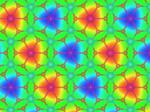
“Two-dimensional (2D) materials possess extraordinary properties. They usually consist of atomic layers that are only a few nanometers thick and are particularly good at conducting heat and electricity, for instance. To the astonishment of many scientists, it recently became known …
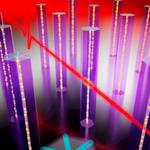
“Nanowires under tension create the basis for ultrafast transistors Smaller chips, faster computers, less energy consumption. Novel concepts based on semiconductor nanowires are expected to make transistors in microelectronic circuits better and more efficient. Electron mobility plays a key role …

“Pulsed electric fields, such as the ones caused by lightning strikes, manifest themselves as voltage spikes, posing a destructive threat to electronic components and causing considerable damage. Scientists from the Helmholtz-Zentrum Dresden-Rossendorf (HZDR) have now discovered that such voltage spikes …
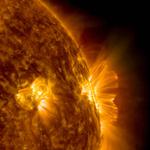
“Liquid-metal experiment provides insight into the heating mechanism of the Sun’s corona Why the Sun’s corona reaches temperatures of several million degrees Celsius is one of the great mysteries of solar physics. A “hot” trail to explain this …

